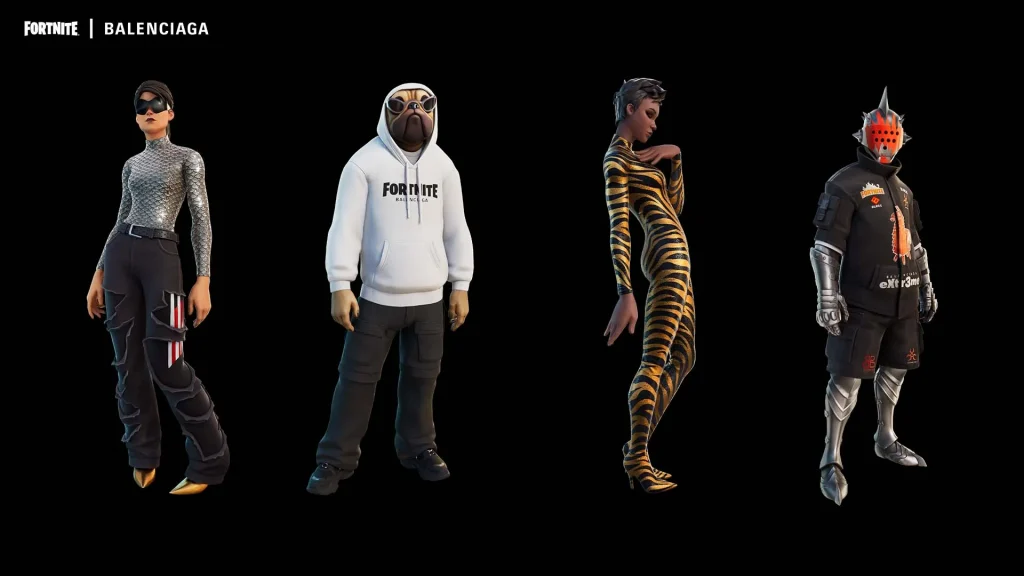The metaverse is a network of always-on virtual environments in which people can interact with one another and digital objects, while operating virtual representations – or avatars – of themselves. Think of a combination of immersive virtual reality, a massively multiplayer online role-playing game and the web, and you have what is increasingly being referred to as the metaverse.
A concept from science fiction that many people in the technology industry envision as the successor to today’s internet, the metaverse is only a vision at this point, but technology companies like Facebook are aiming to make it the setting for many online activities, including work, play, studying and shopping. Facebook, Inc. is so sold on the concept that announced that it is renaming itself Meta to highlight its push to dominate this burgeoning virtual space. (And it is not the only brand looking to do so.)
Specifically, metaverse is a portmanteau of meta – meaning transcendent – and verse, from universe. Sci-fi novelist Neal Stephenson coined the term in his 1992 novel “Snow Crash” to describe the virtual world in which the protagonist, Hiro Protagonist, socializes, shops and vanquishes real-world enemies through his avatar. The concept actually predates “Snow Crash,” though, and was popularized as “cyberspace” in William Gibson’s groundbreaking 1984 novel “Neuromancer.”
While the metaverse can be many things, there are three key aspects of it: presence, interoperability and standardization. The first critical element – presence – is the feeling of actually being in a virtual space, with virtual others. Decades of research have shown that this sense of embodiment – which can be achieved through virtual reality technologies, such as head-mounted displays – improves the quality of online interactions.
Second, interoperability means being able to seamlessly travel between virtual spaces with the same virtual assets, such as avatars and digital items. ReadyPlayerMe, for instanced, allows people to create an avatar that they can use in hundreds of different virtual worlds, including in Zoom meetings through apps like Animaze. At the same time, blockchain-based technologies, such as cryptocurrencies and nonfungible tokens, can facilitate the transfer of digital goods across virtual borders.
Finally, standardization is what enables interoperability of platforms and services across the metaverse. As with all mass-media technologies – from the printing press to text messaging – common technological standards are essential for widespread adoption. International organizations – such as the Open Metaverse Interoperability Group, who mission is “to bridge virtual worlds by designing and promoting protocols for identity, social graphs, inventory, and more” – define these standards.
If the metaverse does become the successor to the internet, things such as who builds it, and how, are extremely important to the future of the economy and society as a whole. Facebook is aiming to play a leading role in shaping the metaverse, in part by investing heavily in virtual reality. Facebook CEO Mark Zuckerberg explained in an interview this summer that in his view, the metaverse spans non-immersive platforms like today’s social media, as well as immersive 3D media technologies, such as virtual reality, and that it will also be used in connection with remote working, as well as play.
The metaverse might one day resemble the flashy fictional Oasis of Ernest Cline’s “Ready Player One,” but until then, you can turn to games like Fortnite and Roblox, virtual reality social media platforms like VRChat and AltspaceVR, and virtual work environments, such as Immersed, for a taste of the immersive and connected metaverse experience. As these siloed spaces converge and become increasingly interoperable, watch for a truly singular metaverse to emerge.
Rabindra Ratan is an Associate Professor of Media and Information at Michigan State University. Yiming Lei is a Doctoral student in Media and Information at Michigan State University. (This article was initially published by The Conversation.)











